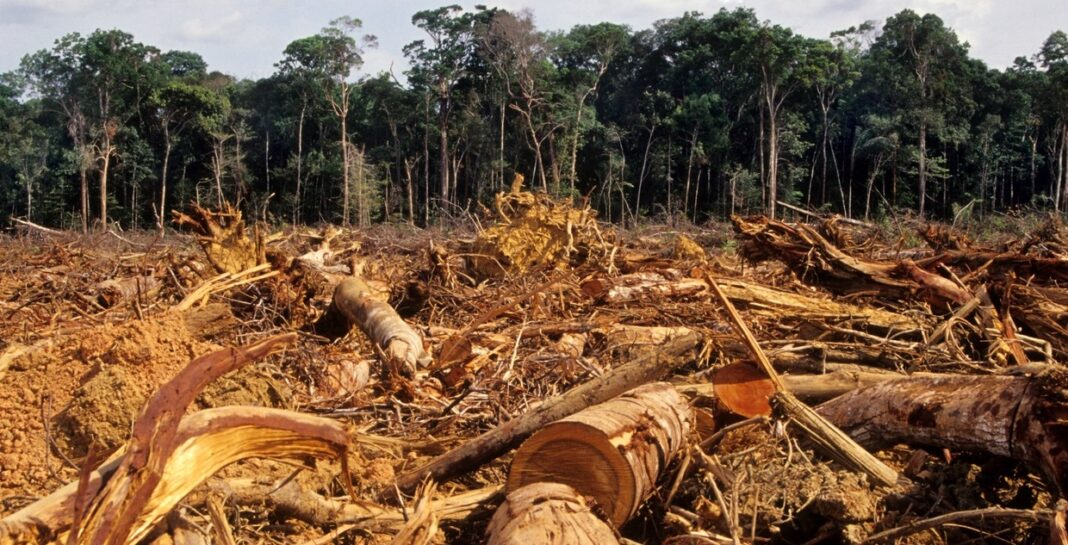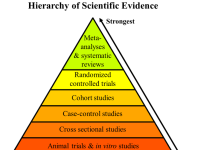Deforestation, air pollution, and water pollution are three very important environmental concerns faced by human civilization today. Deforestation refers to the large scale removal of trees for the generation of land for a variety of purposes. Air pollution refers to the presence of particulate matter and toxic gases in anomalous concentrations. Finally, water pollution refers to the contamination of water bodies with large concentrations of toxic substances. Some important concepts associated with air pollution, water pollution, and deforestation are discussed in this article.
According to environmental experts at WWF, businesses as well as normal individuals are contributing to environmental degradation. The best part about the same is that they do not realize how issues like deforestation have an impact on overall climatic changes. Deforestation alters the pattern of rain, destroys the habitation of animals and erodes natural barriers to floods and other disasters. It is high time that education and knowledge are able to counter and document the negative effects of air pollution, deforestation and water pollution on the living conditions on the planet.
Deforestation
Deforestation can be defined as the large-scale removal of trees for the generation of timber, fuel, land for cattle grazing, land for agriculture, land for manufacturing or construction activities, or any other human requirement. It can be noted that deforestation can also occur due to natural processes such as hurricanes, floods, or forest fires sparked by lightning. However, the majority of deforestation observable today can be sourced to anthropogenic roots. Deforestation can be directly linked to soil erosion since the roots of trees work to keep soil in place. With lower capacity of soil to soak up water, deforestation can also increase the susceptibility of an area towards flash floods.
Air Pollution
Air pollution is primarily known to be caused by vehicular emissions and industrial activity. Although air pollution can occur due to natural processes such as volcanic activity and large scale combustion of trees as a result of naturally caused forest fires, the bulk of the air pollution observable today can be tied to anthropogenic activity. Several air pollutants are known to pose a major threat to human health as well as the health of animal life. Common ailments that arise due to prolonged exposure to polluted air include heart disease, respiratory infections, chronic obstructive pulmonary disease (often abbreviated to COPD), increased risk of stroke, and increased risk of lung cancer. Short term symptoms that are usually observed when vulnerable individuals are exposed to polluted air include wheezing, difficulty in breathing, asthma, and coughing. Some common air pollutants are listed below.
- Carbon dioxide – a chemical compound with the formula CO2.
- Oxides of sulfur such as sulfur dioxide (a chemical compound with the formula SO2) and sulfur trioxide (a chemical compound with the formula SO3)
- Oxides of nitrogen such as nitrogen dioxide (a chemical compound with the formula NO2).
- Carbon monoxide, a chemical compound with the formula CO.
Water Pollution
Water pollution can be defined as the pollution of water bodies with harmful substances such as the industrial discharge of chemical waste. These pollutants can severely degrade the quality of the water and cause several health risks to the individuals who are exposed to these polluted waters. Furthermore, water pollution can have several adverse effects on aqueous ecosystems. It can also be noted that these pollutants can enter the atmosphere via the process of evaporation. But what is evaporation? Follow the hyperlink to learn about the process of evaporation and how this process can cause water pollutants to enter the atmosphere.




















